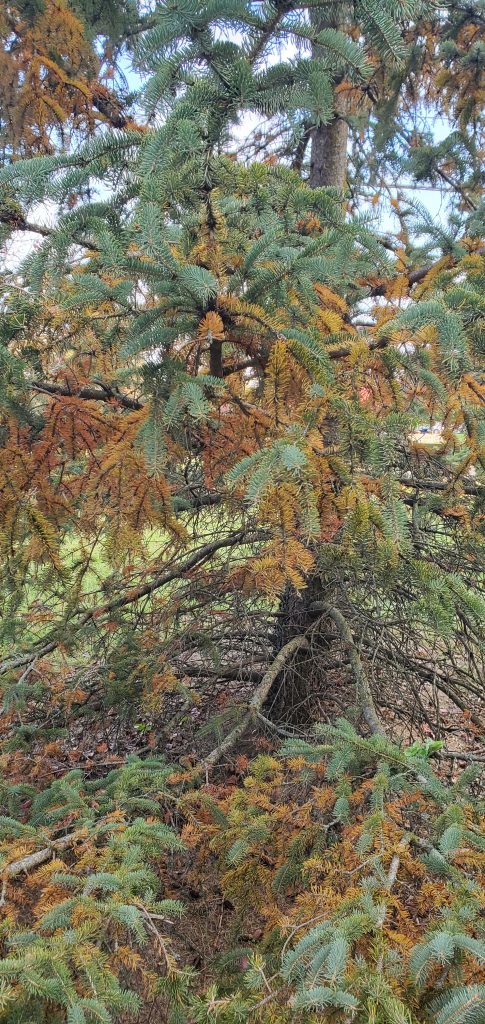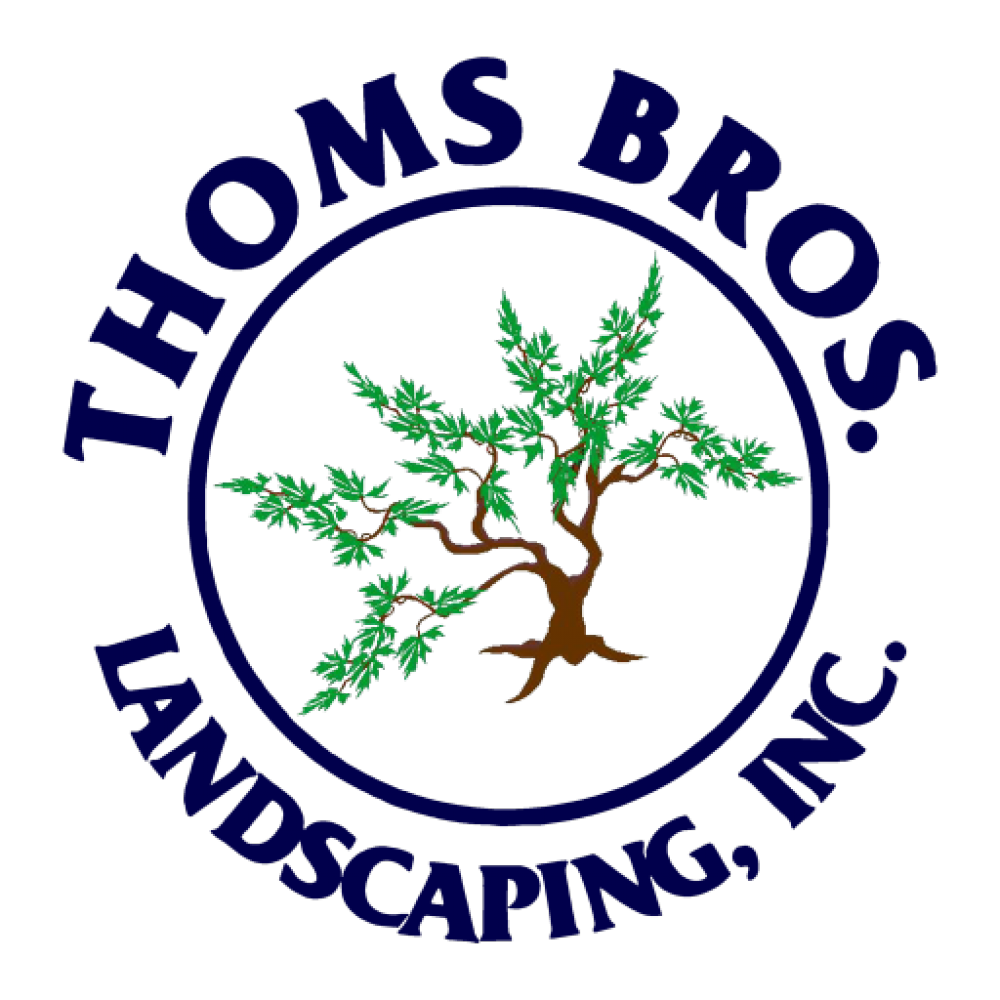People value great landscape trees including evergreens that provide privacy, green color all year round and yes sometimes even shade. Evergreen trees can include arborvitaes used as a screened hedge along a property line, a few Spruce trees blocking an unsightly view, or a massive 100-year-old White Pine providing afternoon shade on a patio. Michigan used to be covered in evergreen and hardwood trees, providing home for many species of animals and providing lumber for the population explosion in Detroit and Chicago.
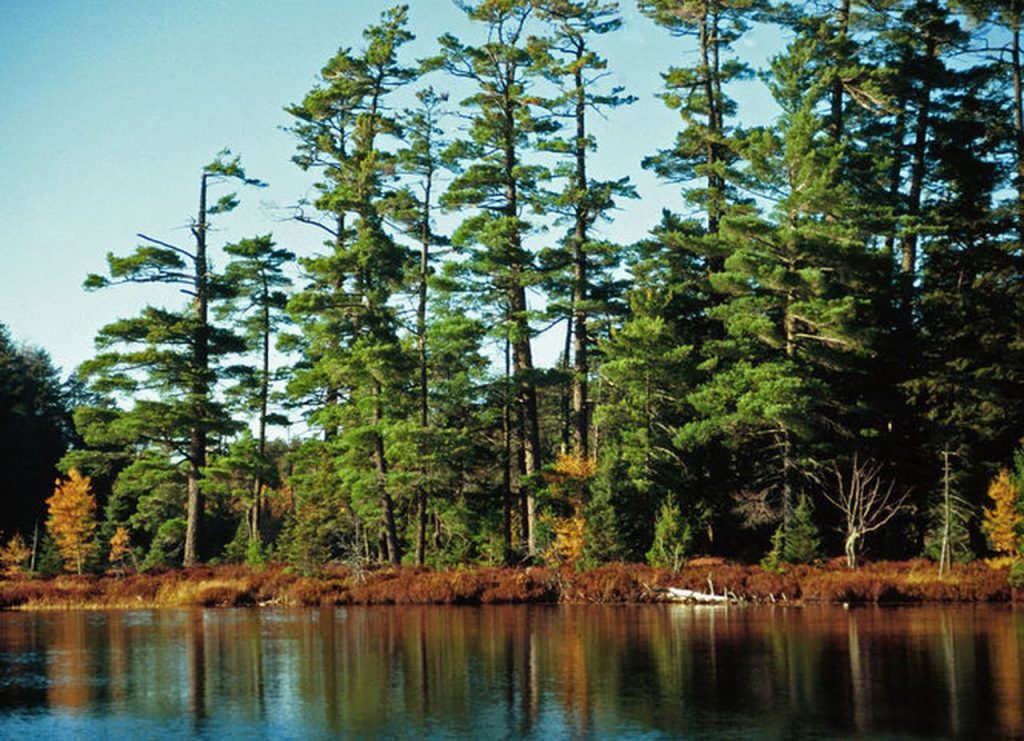
But with the change of a natural forest to one the nations most populated and agricultural states, plants in Michigan are more stressed than always. Plants including evergreens have to deal with pollution, imported diseases, and stripped and compacted soil landscapes. People are scarred of losing their investment and time of the plants in their yard. We have written on this site issues like Eastern Pine Shoot Borer and Blue Spruce Problems. Other issues of evergreens commonly found in Michigan include: Pine Wilt Disease, Hemlock Wooly Adelgid, Diplodia Tip Blight and European Pine Sawfly. None pest issues can include: road salt damage, poor soil conditions, pollution, soil compaction, etc.
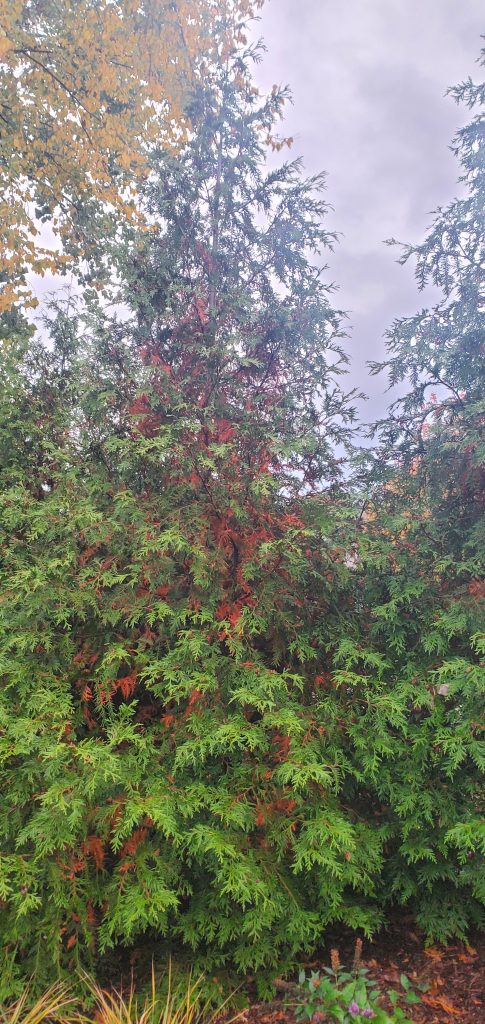
This time of year, we always get the call, “My evergreen is dying”. “Its needles are turning yellow”. Our questions are did it just started happening this fall and is it the inner needles that are turning yellow? Many people do not realize that seasonal needle drop is normal. Every year, evergreens experience a seasonal needle drop that is a normal part of the plant’s cycle. Needles of conifers have varying life spans and do not remain attached indefinitely to the tree. Many evergreen needles, as they age, will turn yellow, then brown, and drop off after one to several years. The change can be gradual, or, with some species, quite rapid. Seasonal needle drop can cause concern to homeowners who are not familiar with this natural occurrence. In times of drought, needle browning may be particularly noticeable, because more needles are shed in response to environmental stress. White pines show the most dramatic needle drop change.
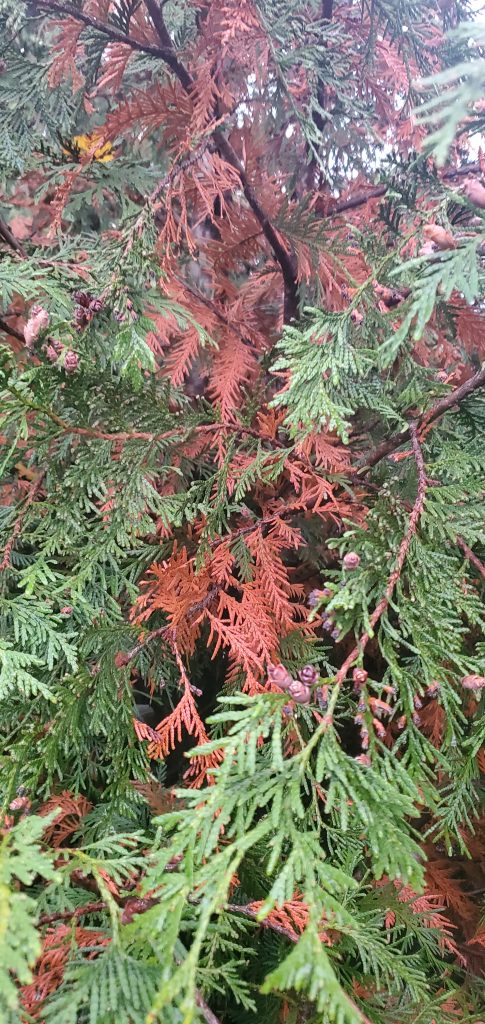
Their annual loss of needles can be especially alarming on mature white pines, as the number of yellow needles outnumbers the current season’s green growth. Typically, white pines will retain needles for three years, but in autumn, 2-or-3-year-old needles will change color and drop, leaving only the current season’s growth still attached. Austrian and Scots pines usually retain their needles for three years. Red pine drops its needles in the fourth year. Spruce and fir needles also turn yellow and drop, but the change is usually less noticeable because their older needles are thinned progressively, making the process more gradual than in pines.
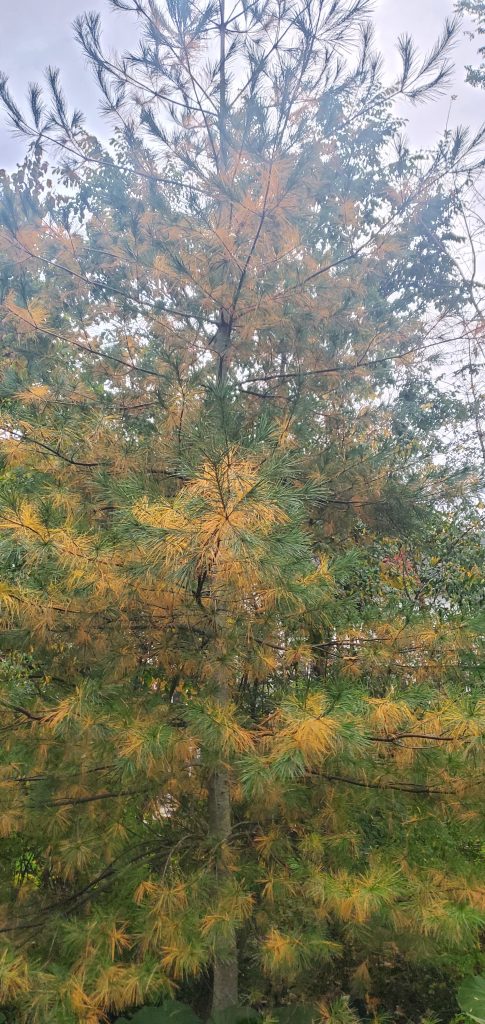
Arborvitae sheds branchlets rather than needles which usually turn brown as they age, yet remain on the tree for quite some time before falling. Yew needles turn yellow and drop in the late spring or early summer of their third year. Check your plants regularly. If the current season’s growth is discolored or wilted, the tree may be suffering from a more serious disease or insect problem and should be diagnosed to determine if control is warranted.
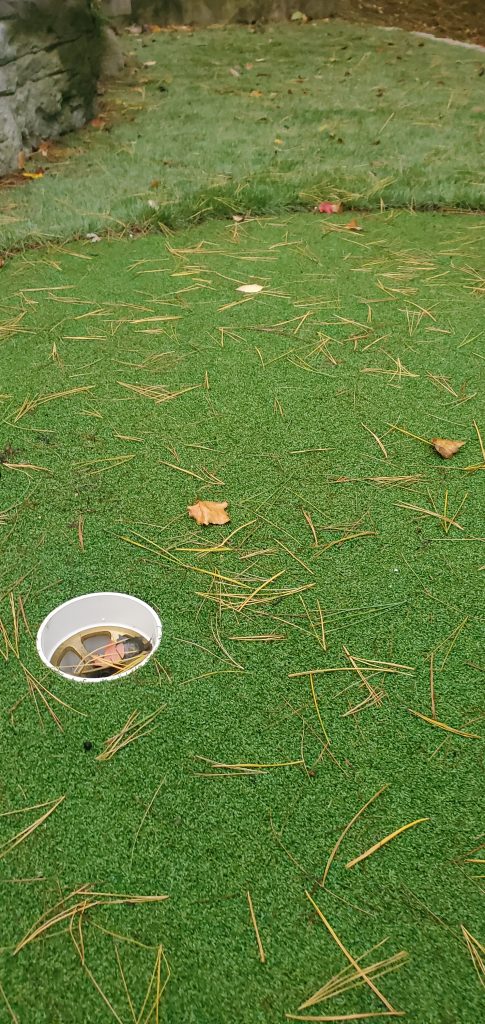
As always, Thoms Bros. recommends an annual maintenance program through a certified arborist to protect your investments. An educated professional is always on top of the problems in the area and what is normal. We recommend you contact our preferred partner, Green Trees, Inc. at Tree Care, Lawn Fertilization | Shelby Township, Rochester Hills, MI (greentreesmi.com)
